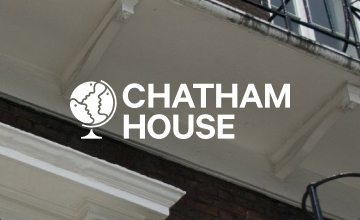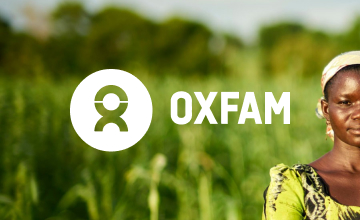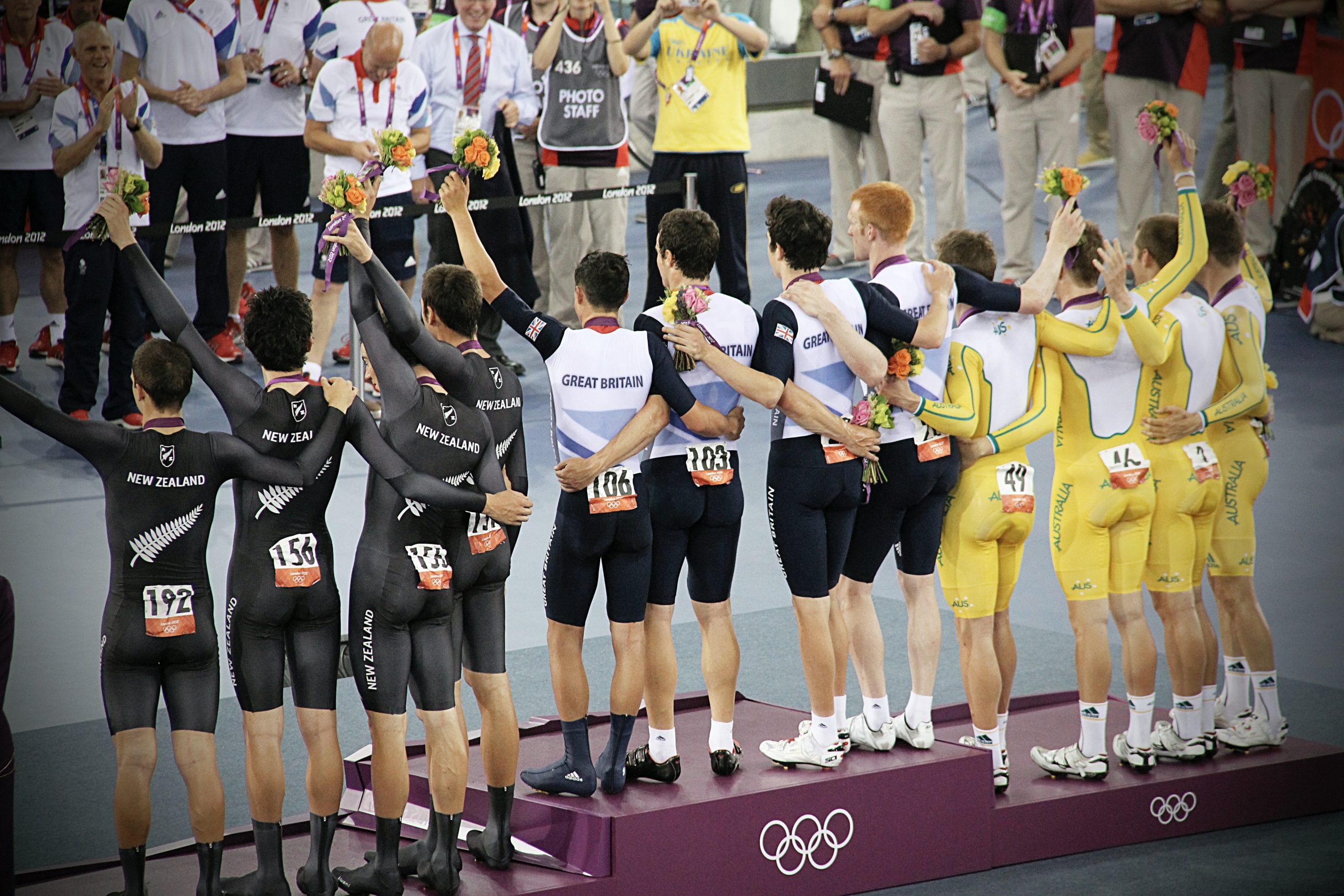
Who was the client?
The 2012 Olympic Games had over 10,000 athletes participating in the games from over 200 nations worldwide. Due to its incredibly broad potential audience, the London Organising Committee of the Olympic and Paralympic Games (LOCOG) needed to ensure that their official website was as usable as possible (for as many people as possible) in time for the launch of London 2012.
What our client wanted
LOCOG had three key objectives in mind for the project:
- Ease of use: They needed to ensure the website was easy to navigate and that users could quickly find what they were looking for. We aimed to provide recommendations for changes that would improve the overall user experience for visitors.
- Language and terminology: Bearing in mind that many of the website’s visitors would be from outside of the UK, they needed to understand and ensure that the language and terminology were clear
- Expectations: Did users find what they were expecting to find on the site? Were they expecting more than what was being provided?
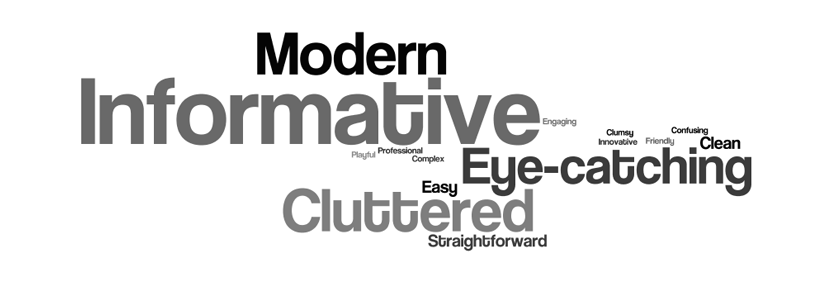

The work
Bunnyfoot tested both the pre-Games and Games-time versions of the site. The pre-Games website gave information about the history of the Games, the various sports involved, sustainability of the project and of course a countdown to the all-important opening ceremony.
The Games-time site displayed the schedule for events, up to date news and results, the medal league table and general advice for visitors.
- Bunnyfoot recruited a large sample audience group of 87 participants to take part in full user testing spread around our offices in London, Oxford, Reading and Sheffield. Taking into consideration the global audience that London 2012 attracted, it was decided that a proportion of our participants should speak English as their second language
- To ensure each iteration of the site was tested (even minor changes), Bunnyfoot provided a variety of different methods, from a 20-minute mass user testing session (using on-street recruitment) to hour-long tests in each of our UK offices
- Bunnyfoot devised and tested scenarios that would be typical for visitors to the site and carried out an expert evaluation which meant that major issues were identified early. We gave the LOGOC team actionable recommendations that would help them address big issues and ensure more focused future user testing sessions
- Ultimately, Bunnyfoot became a usability supplier that LOGOC could approach for advice at all steps throughout their development process
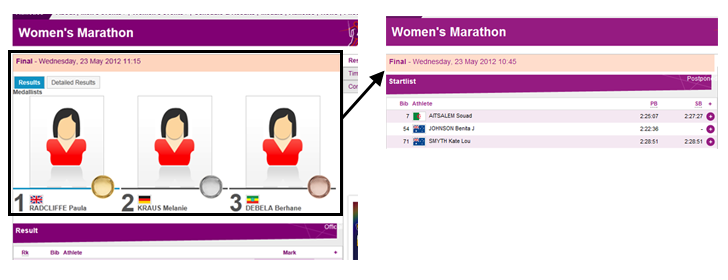
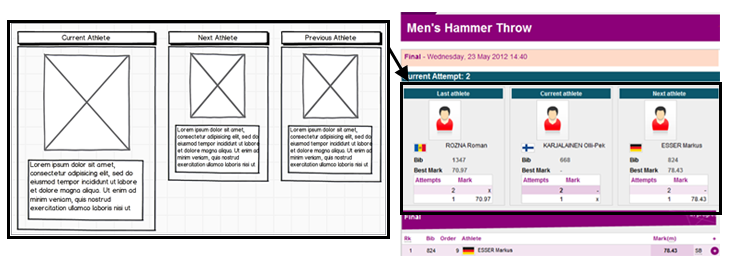

The results
- Bunnyfoot provided findings which led to re-labelling an area of the global navigation. There was widespread confusion among participants regarding what they expected to find under the headings, ‘Our Games’ and ‘Spectators’. We recommended reorganising the content found within these sections, and renaming ‘Our Games’ to ‘Join In’ – thereby clarifying where information regarding local events and information for ticket holders could be found
- We found that users from outside of London felt certain sections of the website – most notably, those giving directions to the Olympic village or general transport information – were too London-centric. We improved this issue by adding more information aimed at those travelling into London from other destinations while Londoners received additional advice on travel disruption within the capital (which was of importance to them)
- For the Games-time site, we made recommendations which improved the way event results were presented, and optimised the various routes that led to these results pages. Our testing revealed that unnecessary effort from the user was required in order to extract key information such as winners and qualifiers. We advised that they include a clear representation of the winner, both through bolder typography and a visual cue (such as a medal). This meant that results could be easily understood at a glance and also made it simpler for non-native English speakers to interpret
- For the pre-Games site, we worked on the torch relay nominations service and identified some potential issues. We found that ‘Captcha’ was a barrier to submitting nominations as they were difficult to interpret. We recommended they improve this by using dictionary words and providing textual labels for Captcha buttons. We also advised that guidance for adding information such as nominee ages and a character counter would make form filling more efficient and effective
We wanted London 2012 to be “everyone’s Games”, so the user experience was central to all of our online projects. We worked closely with Bunnyfoot to ensure our websites and mobile apps were optimised around real users and their behaviours. With their knowledgeable usability experts, rigorous testing approach and informed recommendations, Bunnyfoot added value at every stage with clear, actionable insights. The result was the largest online audience ever for an Olympic and Paralympic site!
Alex Balfour
Head of New Media, LOGOC



